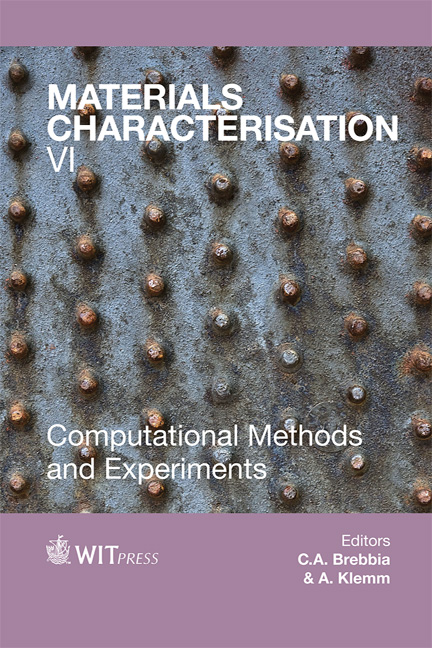Study Of The Microstructure And Pores Distribution Of Lightweight Mortar Containing Polymer Waste Aggregates
Price
Free (open access)
Transaction
Volume
77
Pages
10
Page Range
263 - 272
Published
2013
Size
2,115 kb
Paper DOI
10.2495/MC130231
Copyright
WIT Press
Author(s)
V. Calderón, S. Gutiérrez-González, A. Rodriguez & M. Horgnies
Abstract
The study of mortars containing polymer wastes is a key-topic to create new construction materials for a sustainable development. This work deals with the characterization of the microstructure of lightweight mortars containing polymer waste powder, which are recycled, such as aggregates. The observations of crosssections and fractured samples using Scanning Electron Microscopy (SEM) highlight that the particles of polymer are homogeneously dispersed into the mortar matrix. Numerous capillarity pores are detected into the hydrated cement paste. Calcium Silicate Hydrates covering the particles of polymer are also detected in environmental mode. The porosity is analyzed using two complementary techniques: (i) Mercury Intrusion Porosimetry (MIP) revealing the micro-pores sized from 170–200 μm up until 5–10 nm; and (ii) X-ray computerized axial tomography providing the macro-pores sized larger than 170 μm. The distribution of the total intruded volume is quantified by MIP according to the ratio sand/particles of polymer. The distortion of the pores distribution increases as a function of the content of polymer residues, excepted when the particles of polymer are replacing 25% of sand. In this specific case, the measurements by MIP and tomography show a homogeneous distribution of the larger pores, close to the one of the reference mortar. Keywords: lightweight mortar, waste polymer, microstructure, tomography, MIP, SEM.
Keywords
lightweight mortar, waste polymer, microstructure, tomography, MIP, SEM





